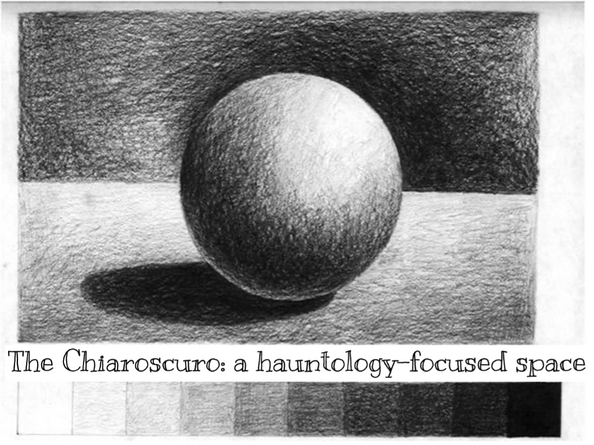A series of journals in which Lance Peng contemplates his teaching practice.
Experimental week!
This week was my big experimental session....the one where I leaned into the AI stuff. AI-dentity. Emotional labour. The unsettling weirdness of being seen (or mis-seen) by a machine. I’d been planning this session for weeks.
And it turned out to be one of my favourite teaching moments this term.

